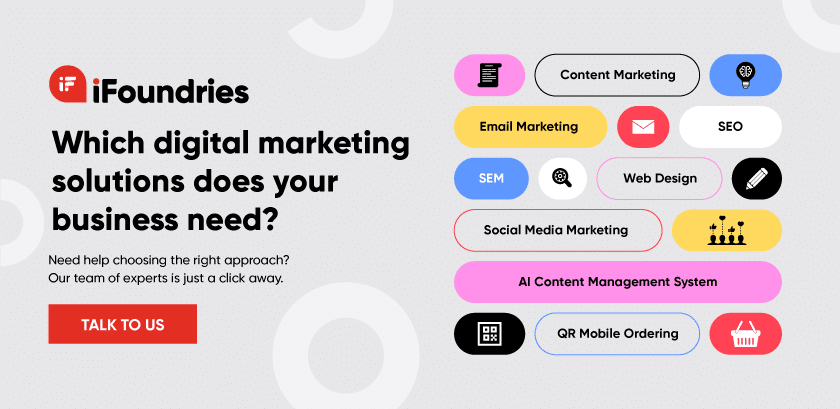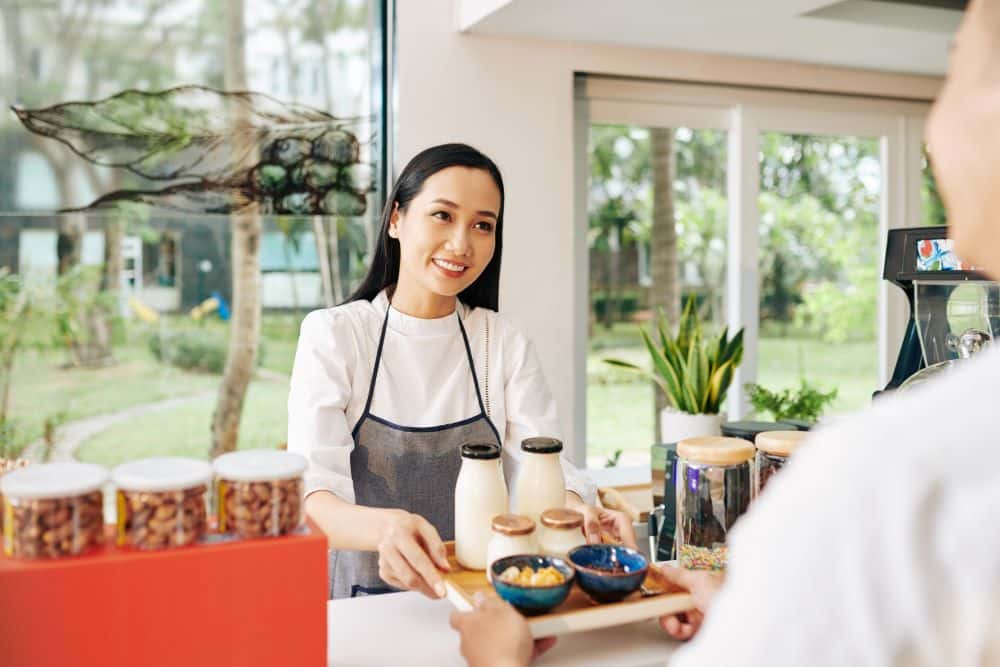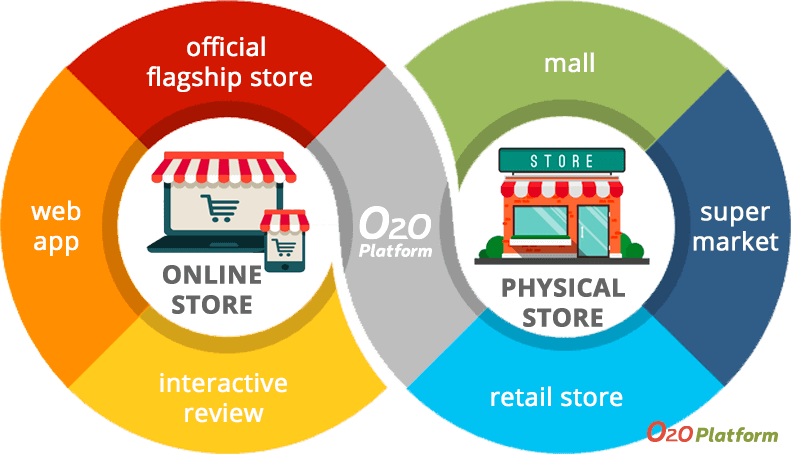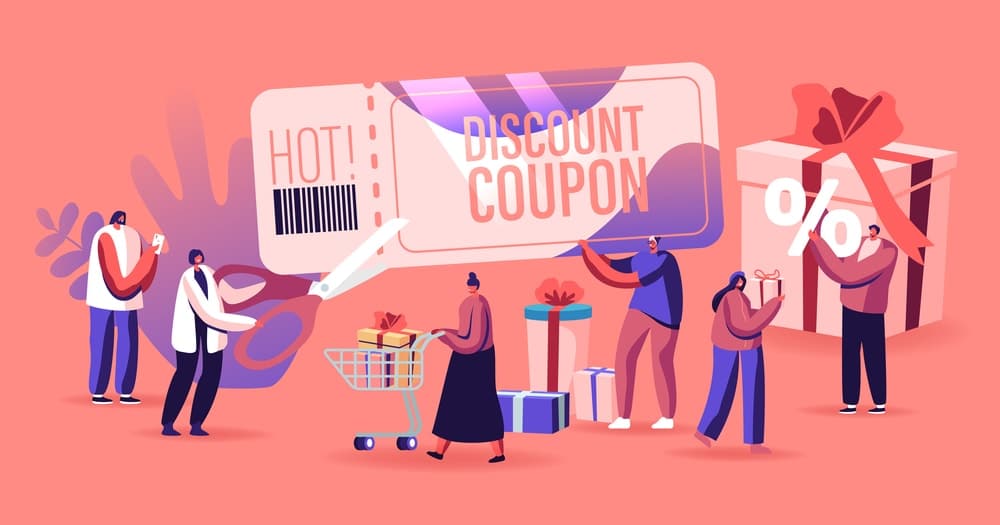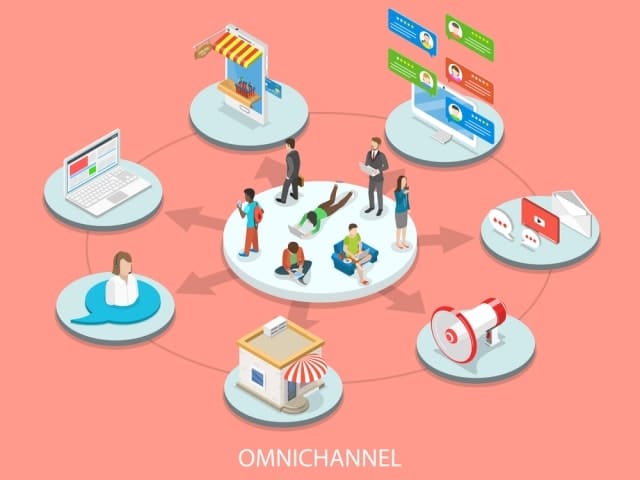Nearly 60% of restaurants in Singapore stated that they are not prepared and equipped enough to deal with the impact of the novel coronavirus (COVID-19) on their operations, a snap poll by the Restaurant Association of Singapore (RAS) revealed.
RAS president Vincent Tan said that in 22 days, they have witnessed revenues and visitor arrivals of retailers and restaurants dive. RAS also stated that about 200,000 F&B employees have been affected by COVID-19.
-Singapore Business Times
This was how food establishments operated when the pandemic hammered food and beverage businesses a few years back. If anything, the situation pressed the relevance of implementing o2o marketing strategies for the industry. Since then, the approach has continued to grow, with brands taking advantage of its power in their undertakings in the post-pandemic landscape.
Many F&B businesses embrace technology when interacting with customers to bridge the gap between virtual space and the real world. Using an o2o strategy, owners can tap into the power of various technologies, such as QR Codes, location-based marketing, and near-Field Communication (NFC).
With advancements aggressively tuning in the post-pandemic landscape, the future of o2o marketing remains bright with several strategies you can execute to generate more revenue. What are these approaches? Read up to learn more.
What is o2o marketing?
O2O stands for “online to offline.” It’s a business model that uses both online and offline channels to attract customers.
Online-to-offline, commonly abbreviated to O2O, is a term used in digital marketing to describe systems that entice consumers within a digital environment to purchase goods or services from physical businesses.
In this business model, owners use both online and offline channels strategically to achieve marketing goals, such as creating awareness for their products and services or scoring conversions in their brick-and-mortar stores through online advertising methods.
Initially, Alibaba, the second-largest worldwide e-commerce company, led the o2o revolution. In a 2016 conference in Hangzhou, Jack Ma, the founder and chairman of Alibaba Group Holding, coined the concept of “New Retail,” which is driven by “the integration of online, offline, logistics and data across a single value chain.”
As for the reason, he pointed out that “with e-commerce itself rapidly becoming a ‘traditional business’, pure e-commerce players will soon face tremendous challenges”.
(Magestore)
Your o2o marketing strategy should guide your business’s long-term growth. This involves developing a holistic and data-driven understanding of your customers and effectively using this understanding in your marketing and sales across all online or offline channels. How does it help F&B owners?
- The primary benefit O2O marketing has is helping F&B retailers to upscale their brand reputation.
- Another key factor is that it enhances customers’ loyalty and increases revenue simultaneously.
- O2O commerce also lets retailers build a database of customers’ information, including their name, age, address, interests, and even shopping behaviour. This database then improves the brands’ customer engagement strategy.
- Another benefit of O2O strategies is helping to accelerate marketing effectiveness by speeding up and shortening the whole process.
O2O Strategies for F&B Owners to Generate More Revenue
With a surge in online ordering and delivery, restaurants navigating the post-pandemic landscape have had to adapt to a new normal.
F&B owners need innovative strategies to stand out among competitors using o2o marketing to thrive in this competitive environment. Examples of online to offline marketing strategies for the F&B industry include online ordering system and delivery, social media marketing, loyalty programs, and location-based marketing.
1. Online Ordering Systems and Delivery
Consumers these days expect to be able to purchase from multiple sites and channels. Especially if it’s the food they are ordering, they want it quickly at their doorstep, and they want it now.
As an F&B business owner in the post-pandemic landscape, do you measure up with your order management processes?
Can you provide real-time updates and accurate order status every time a customer checks?
Is your delivery system and e-menu robust and functional?
In all, do you provide a personalised, seamless online food ordering experience across all channels?
If you answered no to any of those questions, an upgrade is imperative in this post-pandemic, technologically advanced era.
Establishing a unique e-menu with an integrated shopping cart, order management, and payment gateways is essential for an effective online-to-offline strategy to work. Embark on a system that can effectively help connect F&B merchants to logistics partners.
Here are some examples of what a robust order management system can do:
- Online food ordering system with a mobile app for your customers.
- Receive food orders from your Facebook page.
- Receive and confirm orders from your smartphone or tablet at each outlet.
2. Social Media Marketing
Social media platforms are more than just social networking sites; most have now become subtle shopping environments. There, customers are exposed to products and branding that can nudge them towards a purchase, even when they’re just scrolling through their feeds with no initial intention of buying from an online shop.
Consider this statistic: 76% of social media users have purchased something they saw on social media platforms. This highlights how social media as a marketing channel is a great place to leverage o2o marketing, with excellent chances of reaching customers and drawing them to your offline store.
You can invite customers to visit your physical store by promoting and sharing information about your brand events on social media and encouraging them to attend and participate. Another way to use social media is to offer exclusive deals to customers who will shop at your physical store–you can get creative on your campaigns.
3. Loyalty Programs
A loyalty program is a business strategy where brands reward their customers for being loyal through discounts or other rewards. Brands usually offer this perk to consumers who have made repeat purchases in their company. Not only does it increase sales. But it also improves customer retention.
In using this as an o2o marketing strategy, you can reward or give privileges to your customers who visit your store or have successfully placed an order online. This way, you can motivate customers to engage in both online and offline spaces.
4. Location-Based Marketing
Location-based marketing is a direct strategy that targets customers on a more personal level based on their physical location. Using consented location data, you can deliver customised, relevant promotions and distribute them on digital channels.
F&B owners can reach customers based on their proximity to their store, events within their area, and more.
5. O2O Mobile Marketing Strategies
Mobile marketing involves advertising using smartphones and tablets and may leverage features such as location awareness or push notifications to deliver more relevant ads.
In a 2022 Rakuten Insight survey, 84% of Singaporeans have made online purchases using their mobile devices in the past three months. Additionally, 45% of consumers worldwide use their smartphones for online shopping at least once daily.
Using o2o marketing in the mobile channel could be a great opportunity to reach a wide range of customers. You can offer coupons that can only be redeemed in your physical stores, and these coupons can be distributed through social media, email, or text messages.
Setting Your o2o Marketing Strategy in Motion
To kick off an offline to online project or strategy with a good start (like everything else), your foundations are most important. If you manage to nail the basics right, you will be getting a head start from a position of strength and will be able to adapt your strategy in response to new pressures or priorities.
A web design agency can develop a professional website that suits your brand’s unique identity and caters to your customers’ needs.
By combining data from your digital marketing campaigns, you will be able to understand clearly your customer’s expectations. The most valuable feature in all omnichannel models is tracking and attribution, the ability to link an online customer to their actions in-store.
Having a great digital marketing foundation eg. SEO, Inbound Marketing, and Paid Search will allow you to handle all online channels and track your prospects’ search journeys, from when they are researching your business to the exact time and place they convert into customers.
Can people easily find your business via search engines? Does your website content offer answers to questions from your leads? Do you have the data to tell you what your prospects are searching for and need most in current times?
Here are some Digital Marketing foundation elements you need to secure:
- Data management & Customer insights
- Highly effective re-targeting strategy
- Content marketing
How’s your F&B Business Keeping Up in the Post-Pandemic Environment?
Consumer behaviour has already taken a drastic change and COVID-19 is the trigger that largely influenced customers in the post-pandemic scene. More people are into online shopping, and most have embraced online food orders and delivery–considering the convenience it brings, especially for busy customers who do not have the time to prepare their meals.
How do F&B business owners keep up with these trends while managing their whole brand operations?
With the digital landscape becoming more critical and updated in the food and beverage industry, having a robust online presence is essential.
At iFoundries, a leading digital marketing agency in Singapore, we can help F&B businesses develop effective o2o marketing strategies that will enable them to thrive in the current market.
Additionally, as competitive as an SEO agency in Singapore, we can help your website rank higher on search engines, driving more traffic to your website. We understand that prices for corporate web design services in Singapore may be a concern for F&B businesses, so we offer affordable website design packages without compromising on quality.
To help F&B businesses diversify business models and build digital capabilities for growth, Enterprise Singapore will support up to 90% of eligible costs, including digital marketing and manpower costs, for the following areas through the Enterprise Development Grant (EDG).
With our government’s support through Enterprise Singapore, we are confident in our ability to help F&B businesses adapt to the changing landscape and emerge stronger.
Are you ready to embrace the benefits of Singapore o2o marketing?
